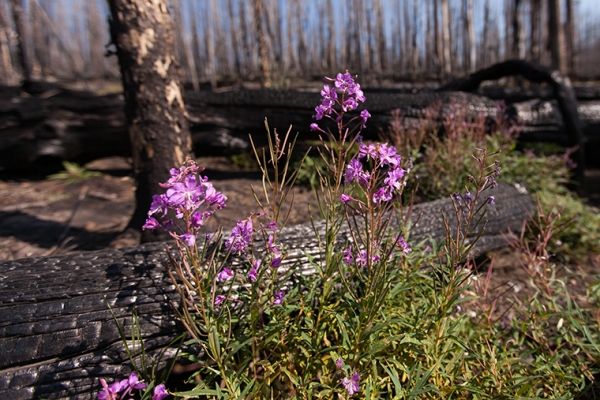2020 is the worst fire year on record in the United States, with nearly 13 million acres burned, 14,000 structures destroyed and an estimated $3 billion spent on fire suppression — and counting. At the same time, certain land managers have invested huge amounts of time and resources toward restoring fire through “controlled burn” approaches.
In the face of heartbreaking losses, effort and expense, scientists are still grappling with some of the most basic questions about how fire influences interactions between plants and animals in the natural world.
A new study grounded in the northern Rockies explores the role of fire in the finely tuned dance between plants and their pollinators. Published Nov. 25 in the Journal of Ecology, the findings from researchers at Washington University in St. Louis, Marquette University, Montana State University and The Wilderness Society are particularly significant in light of recent reports about the rapid and widespread decline of insects globally.
Read more at: Washington University in St. Louis
Fireweed (Chamerion angustifolium) blooms in Yellowstone National Park, Montana. New research highlights the importance of plant-pollinator interactions in restoring ecosystems in which natural wildfire regimes have been altered or suppressed by human activities. (Photo Credit: Jonathan Myers)


